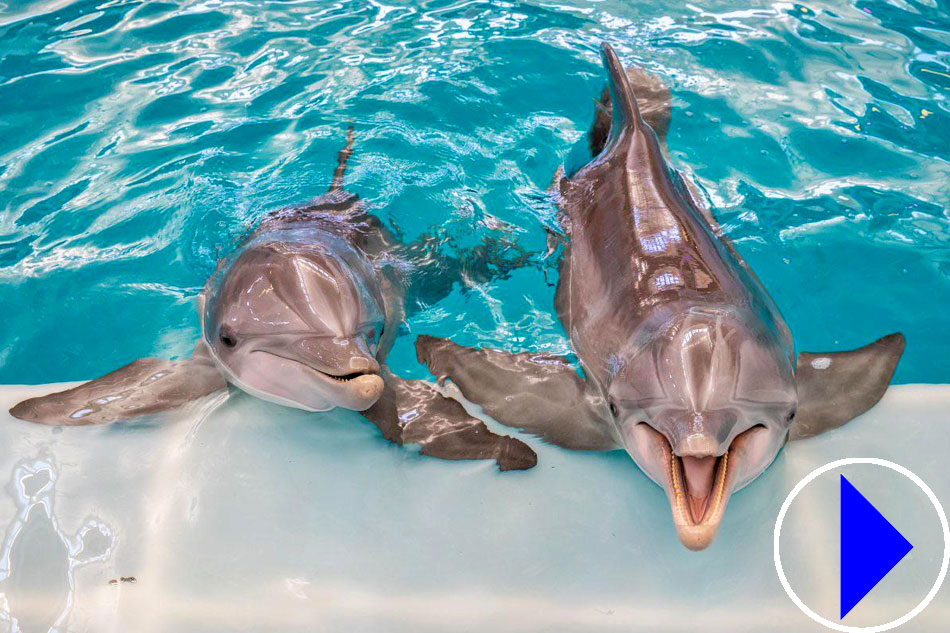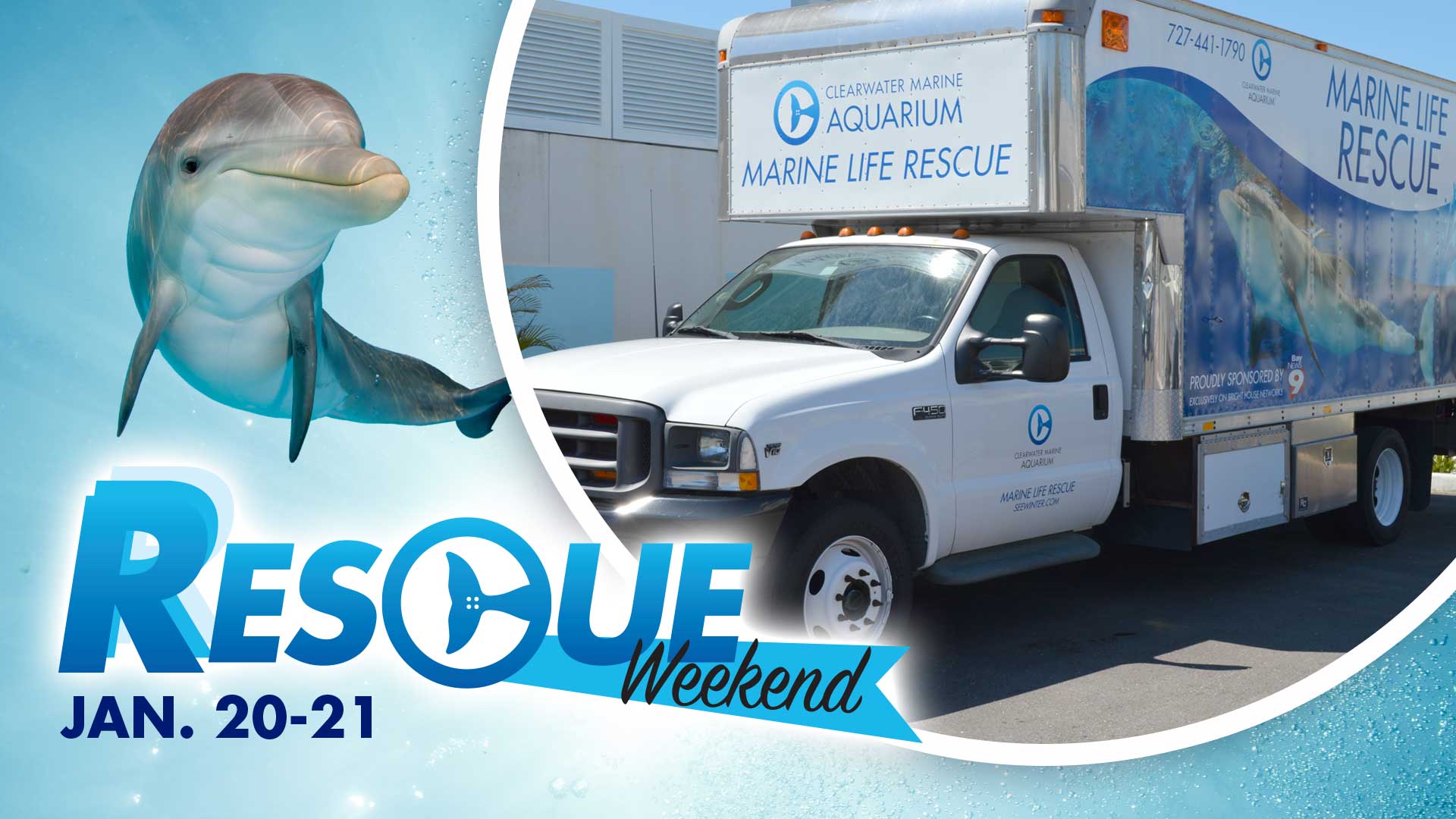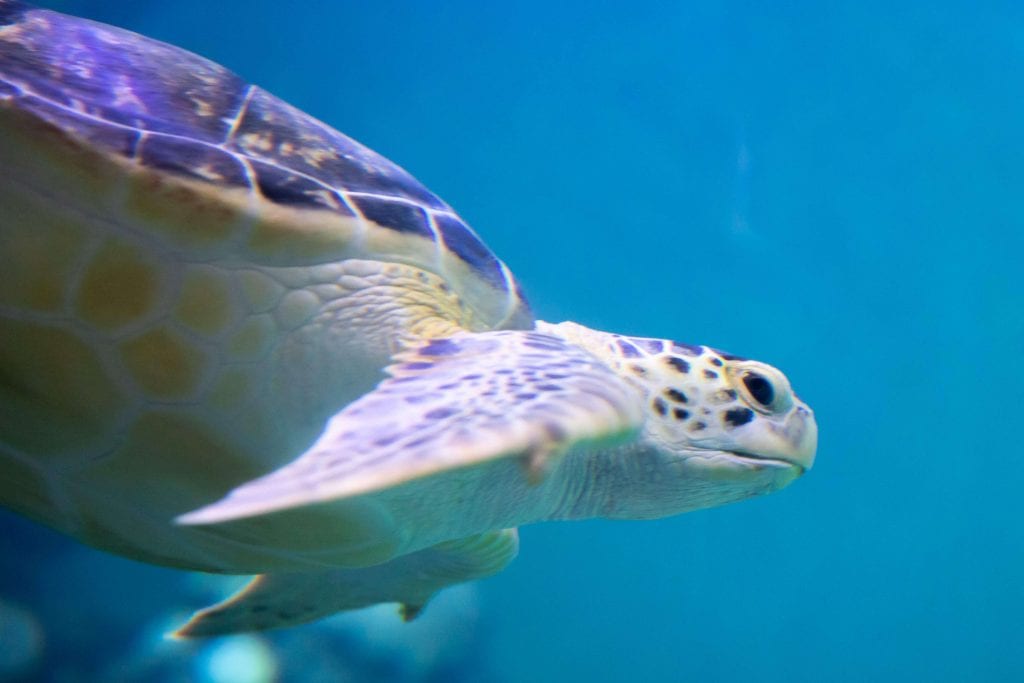
Over the course of a year, the team gradually increased the size of the tail to match her now 230-pound body, and Winter began swimming as she had before the accident. Trainers acted as physical therapists, coaching her to once again move her body up and down. The team began preparing the dolphin for her new prosthetic, starting with a very small tail so she slowly become reaccustomed to the sensation of its resistance in the water.

Strzempka tested it on himself first and when they put it on Winter, they didn’t pick up any hot spots. Because Winter didn’t have the ability to articulate what was painful or irritating for her, they used heat-detecting cameras to pinpoint areas of sensitivity and found that with the silicone, she was developing hot spots of discomfort.Ĭarroll and Strzempka, an amputee who lost his own leg in a lawn-mowing accident as a child, went back to the drawing board and worked with a chemical engineer to develop a new material, nicknamed “WintersGel,” that would distribute the pressure more evenly. They initially tried a silicone-based material as the adhesive lining for the prosthetic. “But if I put that same mark on the dolphin’s skin, six weeks later I’d come back and that mark would still be there.”
#CLEARWATER MARINE AQUARIUM CAMERAS SKIN#
“Human skin is fragile, but I can scratch my nail across my skin and in a couple of minutes that mark is gone,” he says. This was particularly difficult, Carroll explains, because Dolphins have hypersensitive skin. It also needed to attach securely to her stump. This one would attach to the end of Winter’s body, and had to move side to side, up and down and gently twist as she swam. The sockets of most prosthetics fit over arm or leg bones, and need not be flexible. The challenges in creating such a device were manifold. “So we felt that by fitting her with a prosthetic device, we could get her swimming in an anatomically correct manner again.” “She started to develop scoliosis,” says Carroll. She couldn’t swim as fast or jump as high as most dolphins, but the real problem was that she was slowly damaging her spine. She had adapted, learning to swim side to side, the way a fish or shark would, rather than with the up-and-down motion natural to dolphins. The dolphin could still swim on her own, despite losing her entire tail and two vertebrae.

#CLEARWATER MARINE AQUARIUM CAMERAS PRO#
They had built prosthetics for birds, horses and dogs before, but never a dolphin.Ĭarroll and Strzempka, working pro bono, first had to figure out whether a fake tail would even help Winter. They were now her adopted family.”Ĭarroll and a colleague, Dan Strzempka, both prosthetists with Hanger Orthopedic Group who happened to live in Florida, quickly committed themselves to the project. There was never a moment that Winter was without human contact. They were just incredible with her, working 24/7. And the people at the aquarium, their hearts were broken. . . “Obviously Winter was very sick, badly injured.

“She reminded me of the children I see who are just after having an amputation,” recalls Carroll of his first meeting with the bottlenose dolphin.


 0 kommentar(er)
0 kommentar(er)
